Introduction to Chess and Checkers
Chess and checkers are two of the most widely recognized and played board games across the globe. While both games are played on a similar square board and primarily focus on strategy, they possess distinct rules, gameplay, strategies, and historical backgrounds. Examining these aspects aids in understanding why, despite superficial similarities, they appeal to different kinds of players and involve varied tactical complexities.
Understanding the Basics
Chess: The Game of Kings
Chess is a deep and complex game involving 64 squares of alternating colors and 16 pieces per player, each with its own movement abilities: the king, queen, rooks, knights, bishops, and pawns. The ultimate goal in chess is to checkmate the opponent's king, meaning the king is in a position to be captured (in check) and there is no legal move the opponent can make to escape the checkmate. This can sometimes be achieved through careful planning several moves ahead, making predicting and counteracting the opponent's strategy crucial.
Checkers: A Game of Strategic Sacrifice
Checkers, also known as draughts, is played on the same 64-square board but uses fewer pieces; each player typically starts with 12 pieces placed on the black squares. The objective is to capture all of the opponent's pieces or block them so they cannot make a move. All pieces move diagonally, and players can 'king' a piece by reaching the farthest row, turning the piece into a king that can move both forwards and backwards. Successful gameplay commonly revolves around strategic sacrifice of pieces and positioning to force the opponent's hand.
Strategic Complexity and Decision Making
In both games, strategy and tactics are critical, but they manifest in different ways. Chess requires long-term strategic planning and has a much wider variety of moves due to the distinct ways different pieces can move and interact. Each piece's value can change significantly over the course of a game, dependent on the position on the board and the status of play.
In contrast, all pieces in checkers initially have the same ability and value, making the game seem deceptively simple. However, the strategy in checkers often involves chain-reaction moves known as double jumps or triple jumps, and the timing of these moves can be crucial. The complexity in checkers arises more from the need to anticipate and respond to opponent moves in a limited spatial terrain, where advance and retreat must be carefully balanced.
Player Demographics and Cultural Impact
Chess and checkers have varied player demographics. Chess is often associated with high intellectual prowess and is a prominent aspect of educational programs promoting critical thinking and problem-solving skills. The game has deep cultural roots in numerous countries and has been the subject of numerous studies in cognitive science and psychology.
Checkers, while also used educationally, tends to be recognized as more accessible and family-friendly. It is often regarded as a more casual game, suitable for all ages and skill levels. Regional variants of checkers vary more than those of chess, contributing to its widespread popularity and varied play styles across different cultures.
Conclusion: Chess and Checkers as Strategic Games
Despite their inherent differences, both chess and checkers offer rich, strategic gameplay that has stood the test of time. While chess offers a deep, complex field of study in its own right, checkers provides compelling strategic challenges, often stemming from its simpler rules and uniformity of pieces. Whether one prefers the intricate dances of chess or the straightforward duels of checkers, each game provides unique avenues for sharpening one's tactical acumen and competing intellectually with others.
Explore our large collection of luxurious chess sets!

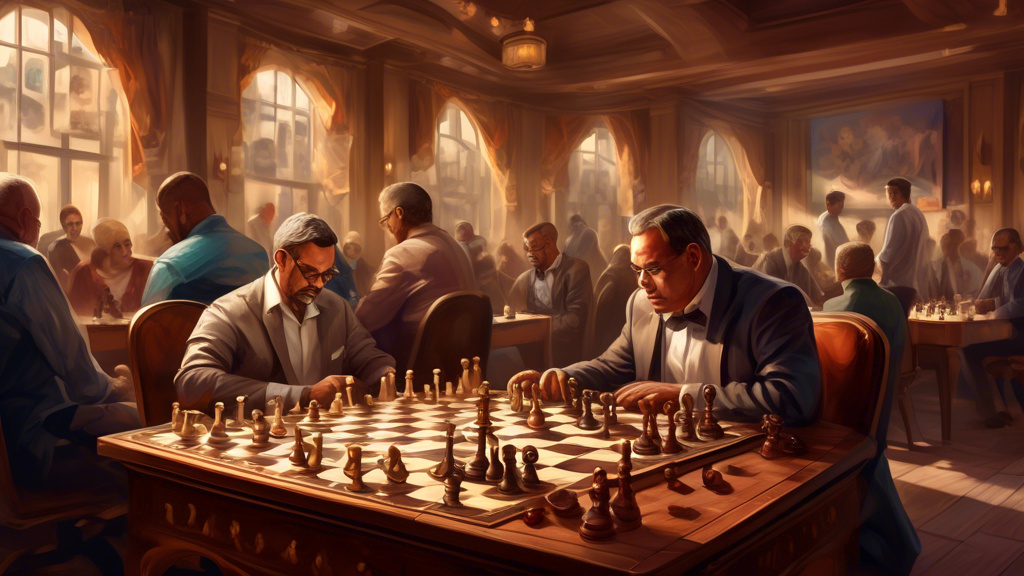
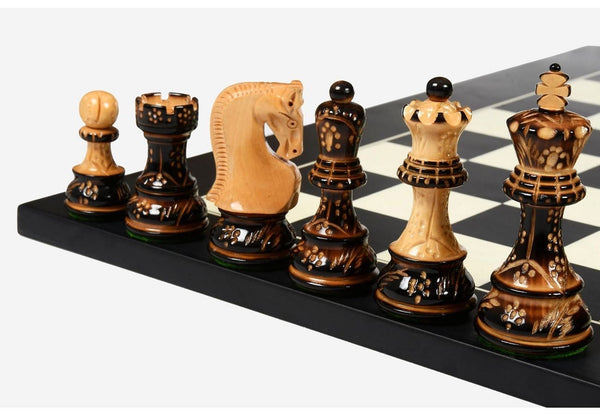
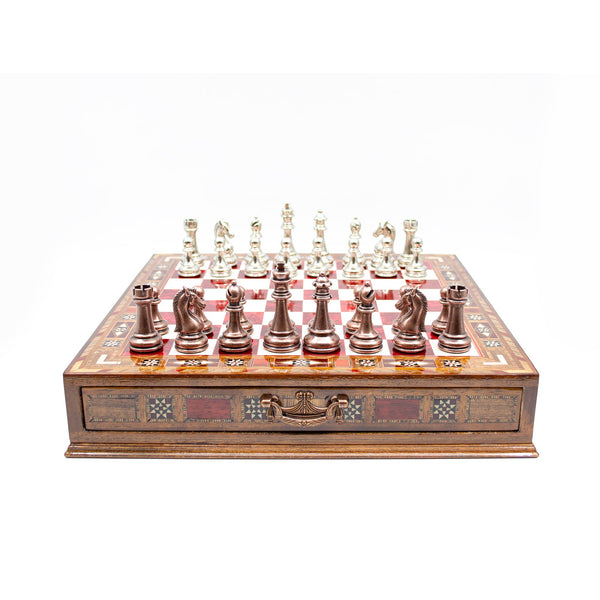
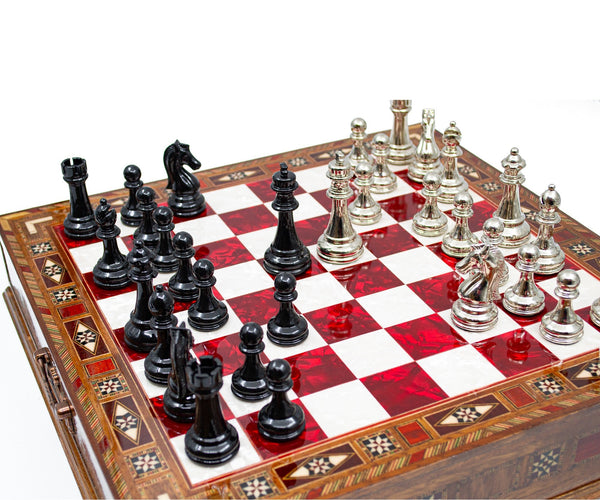
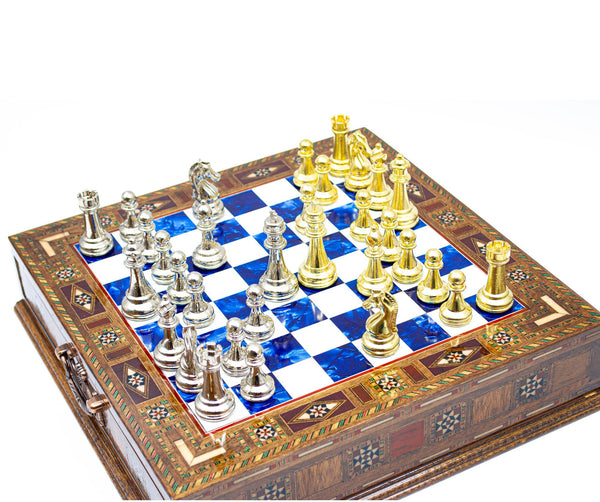
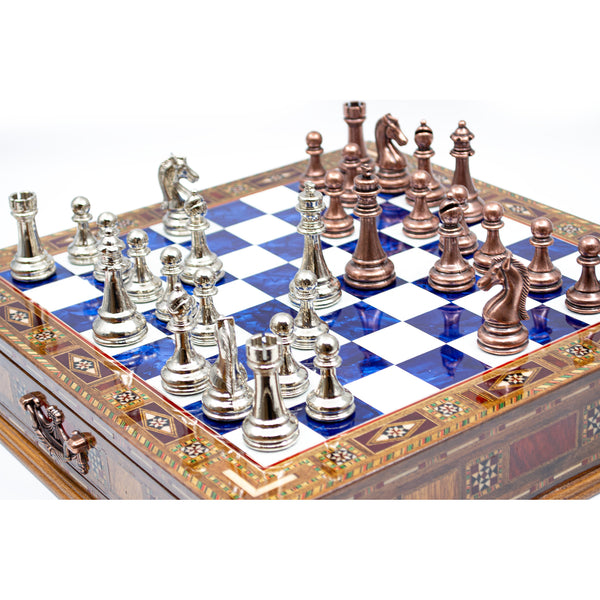
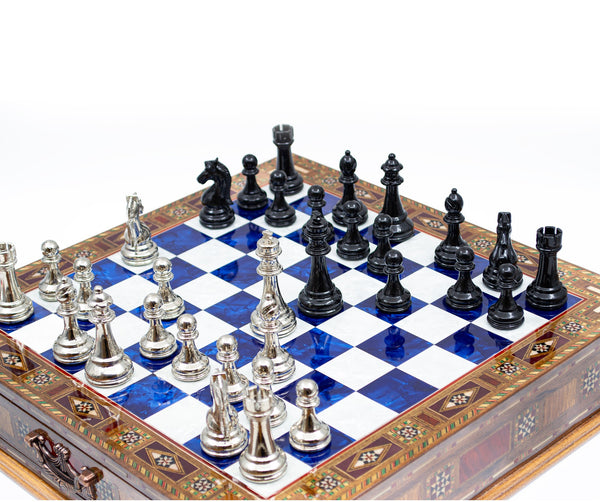






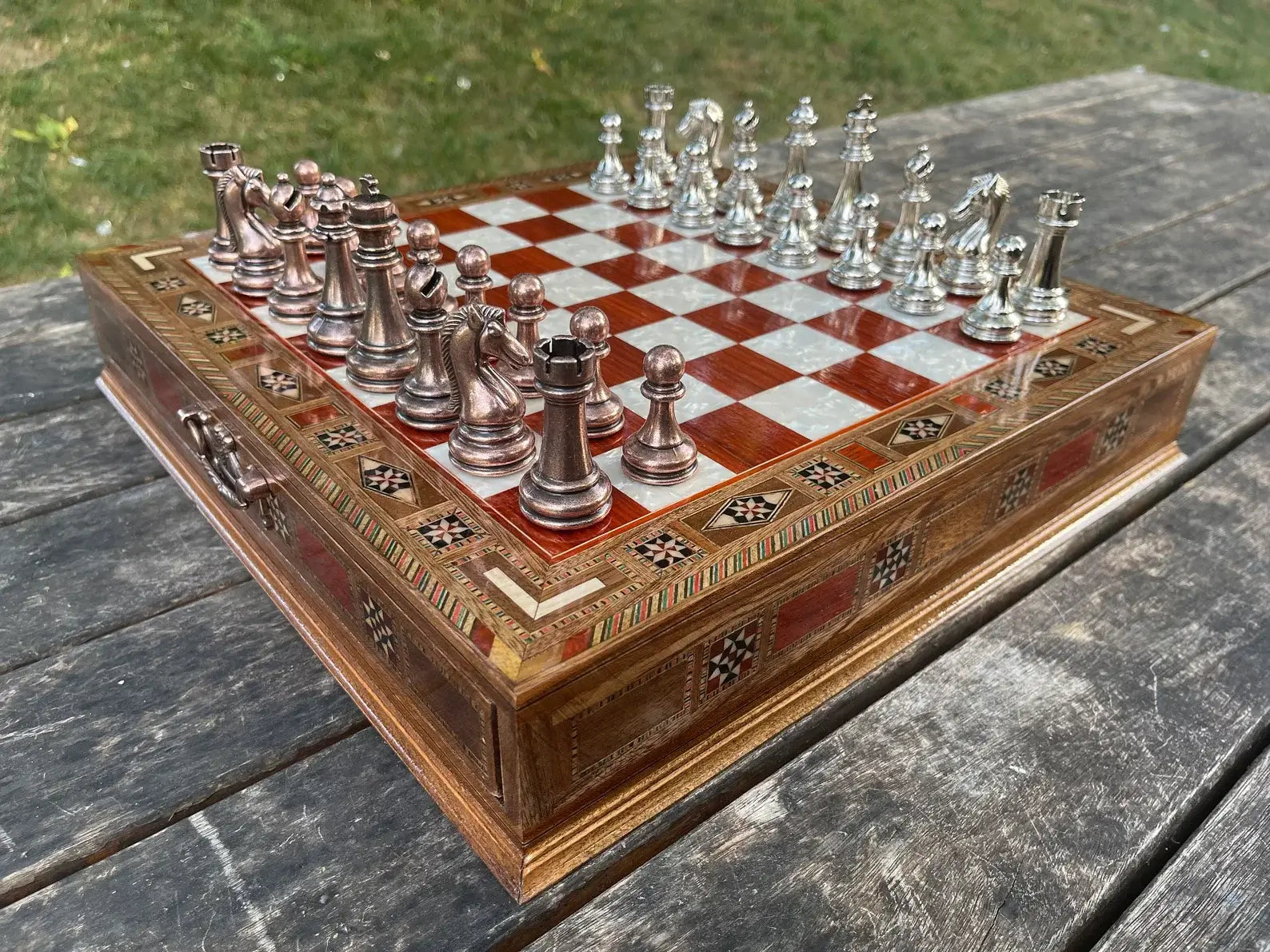
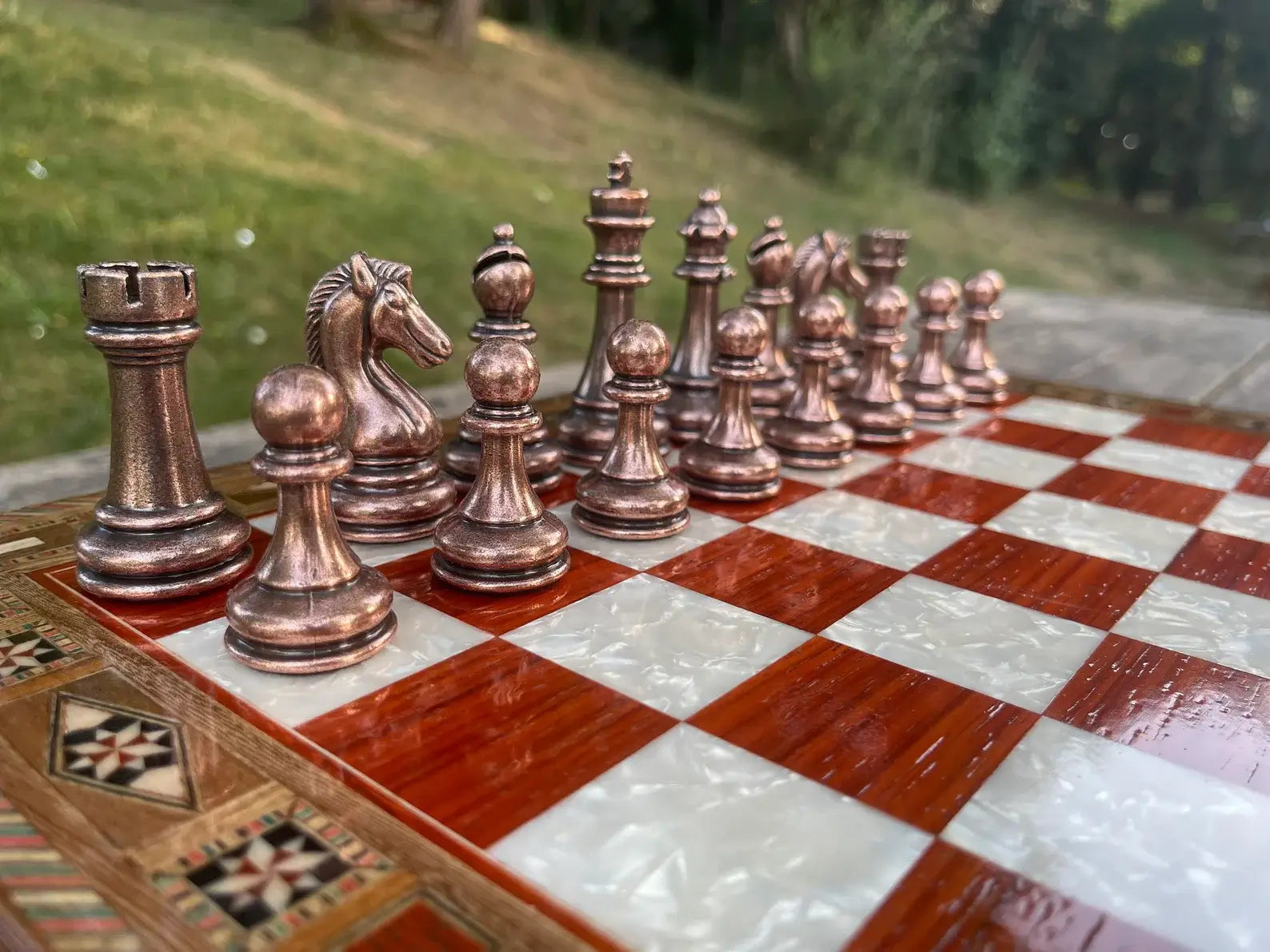
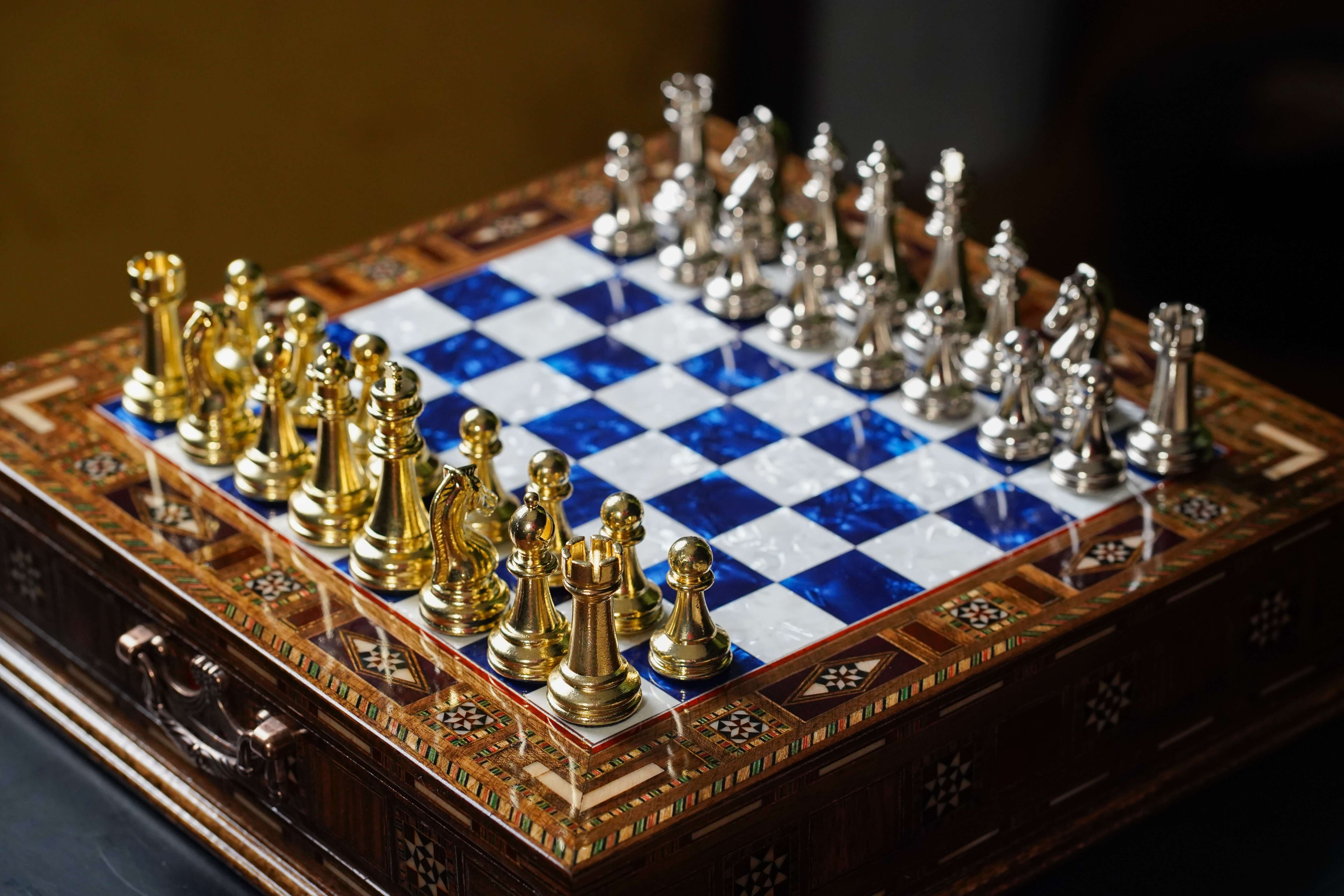
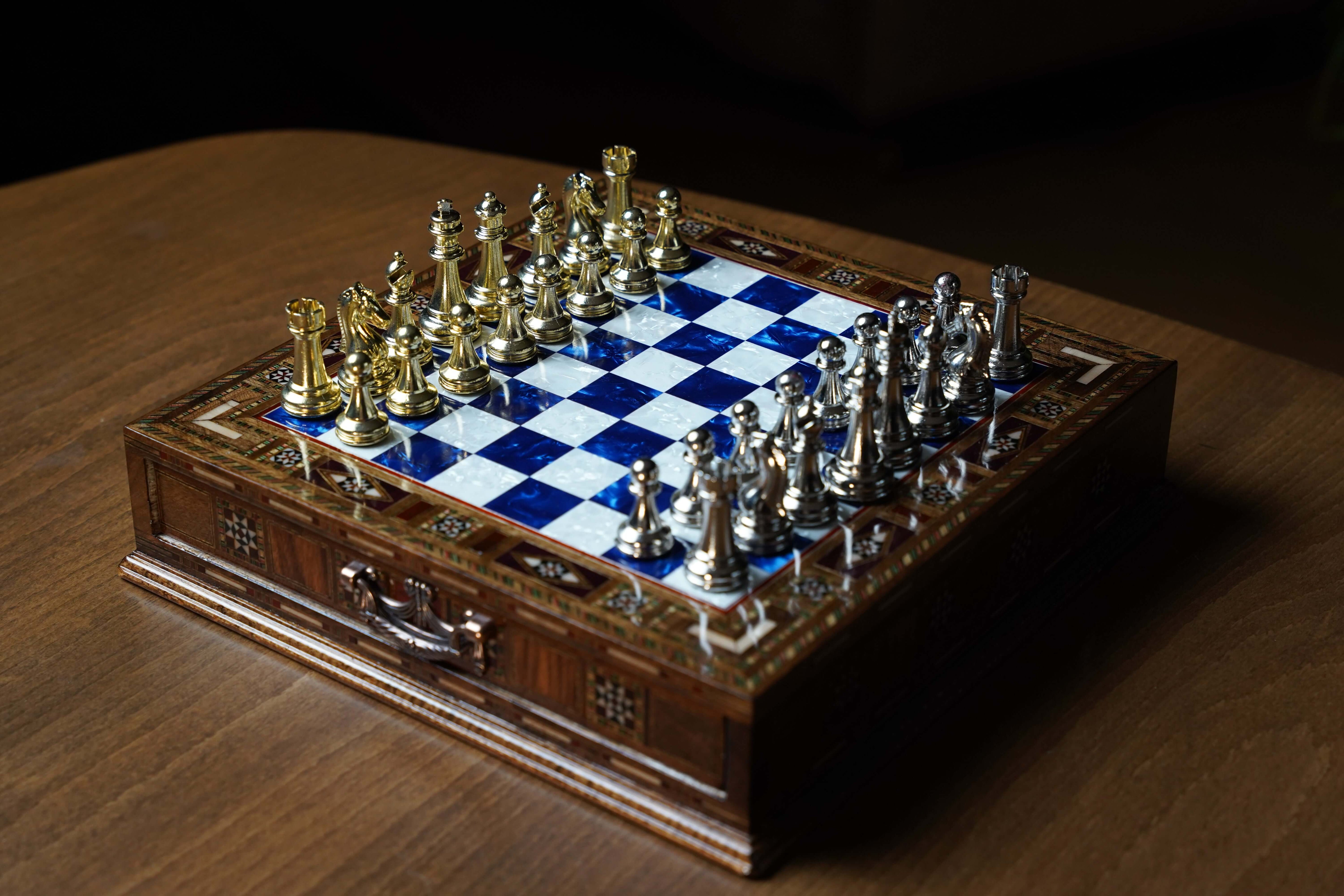
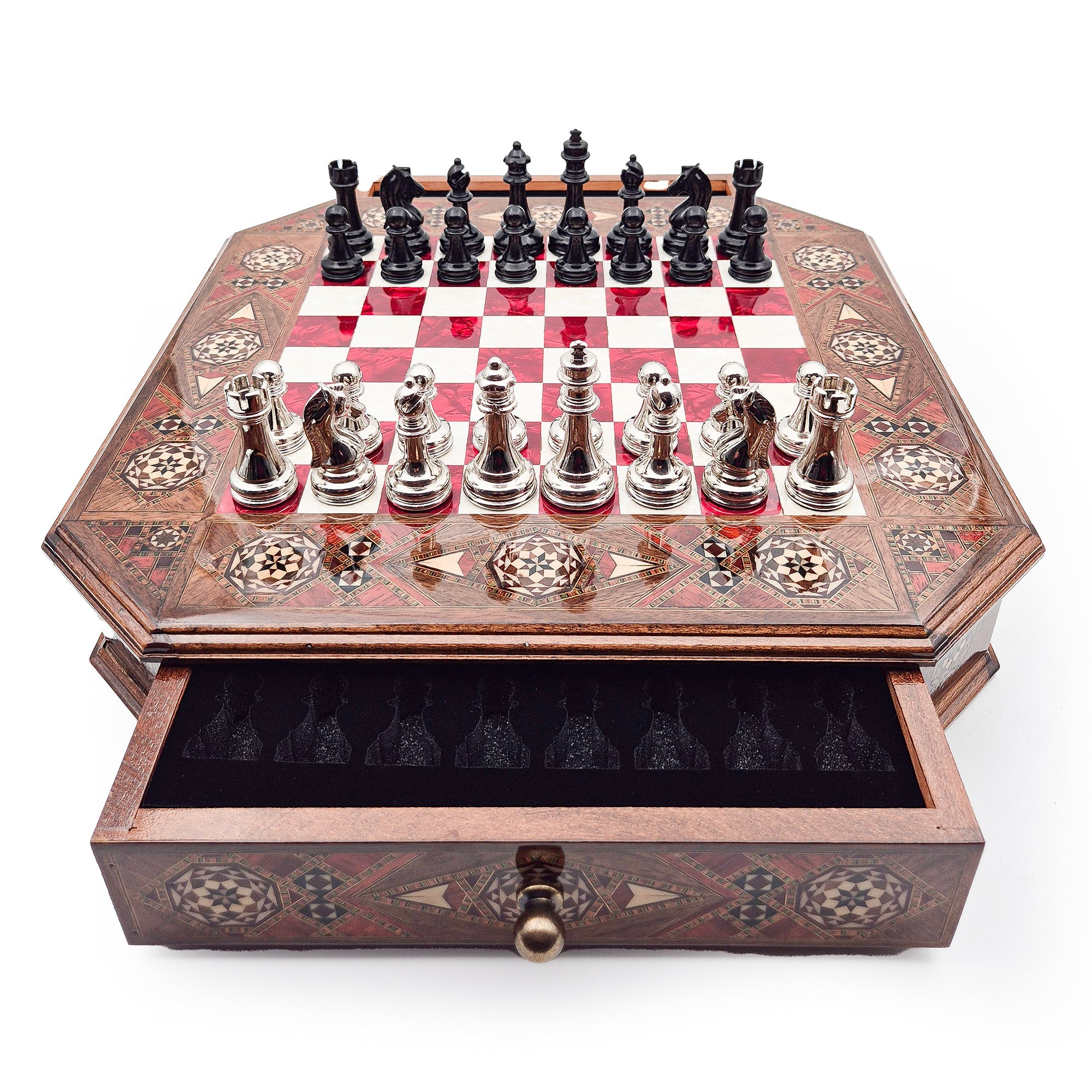
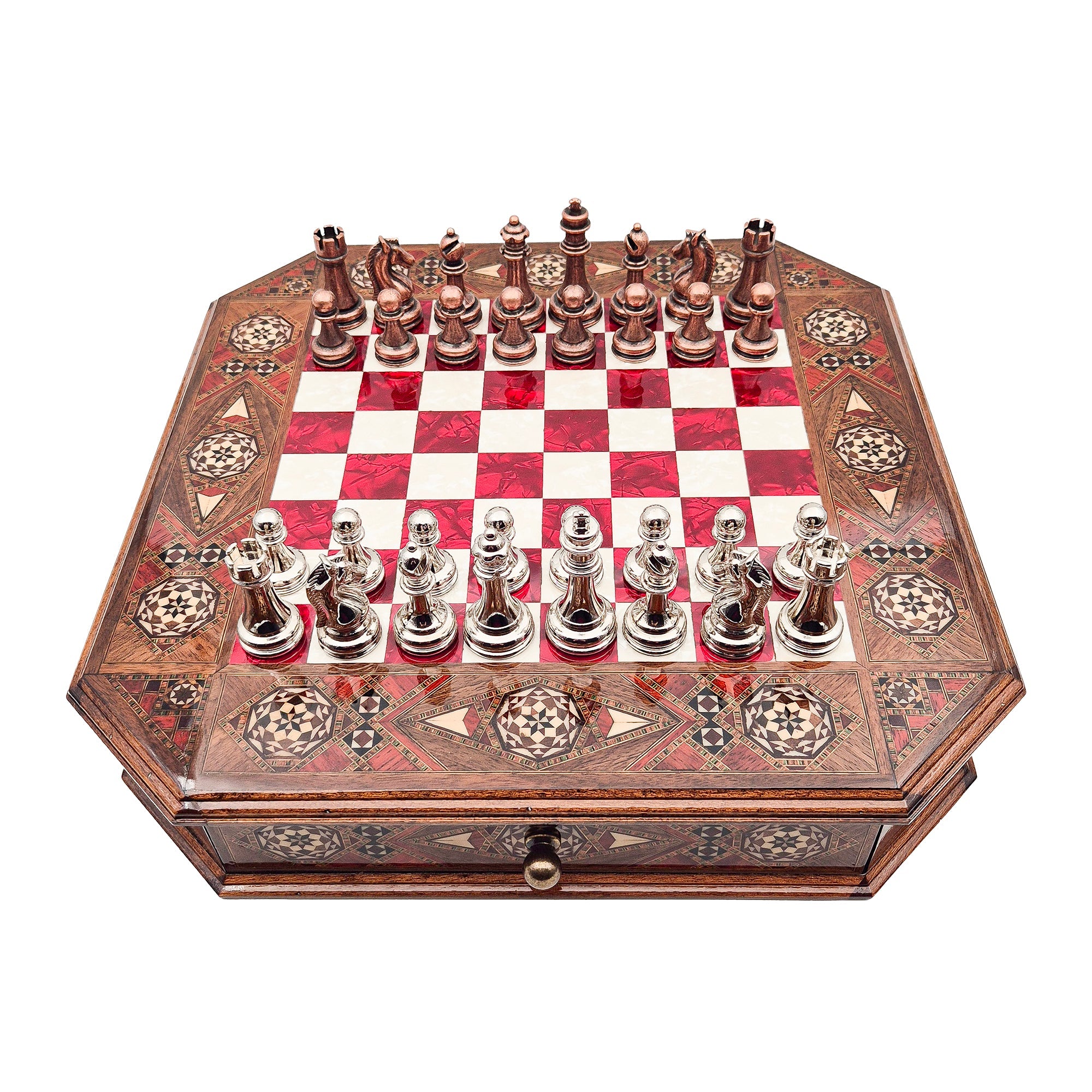
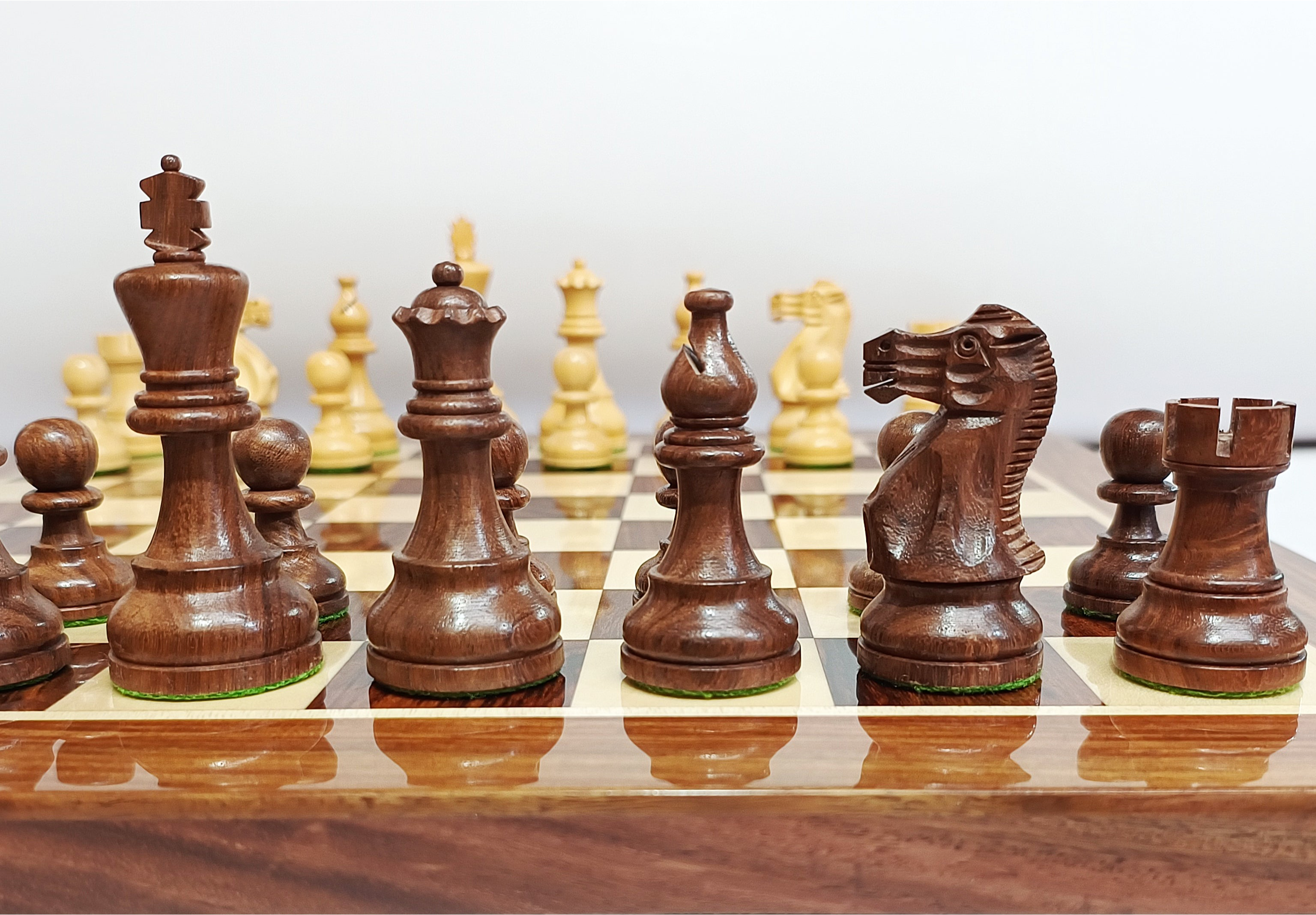

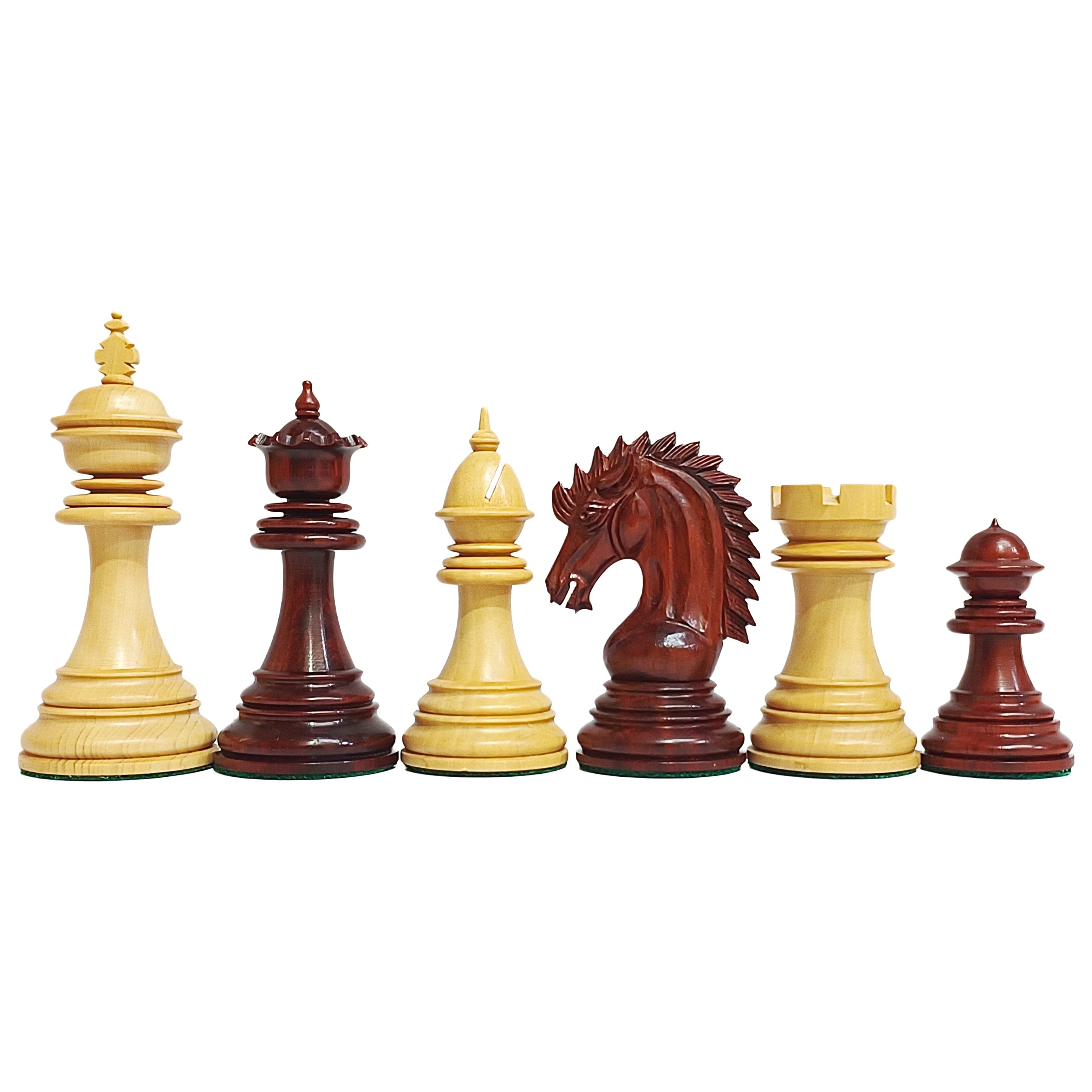
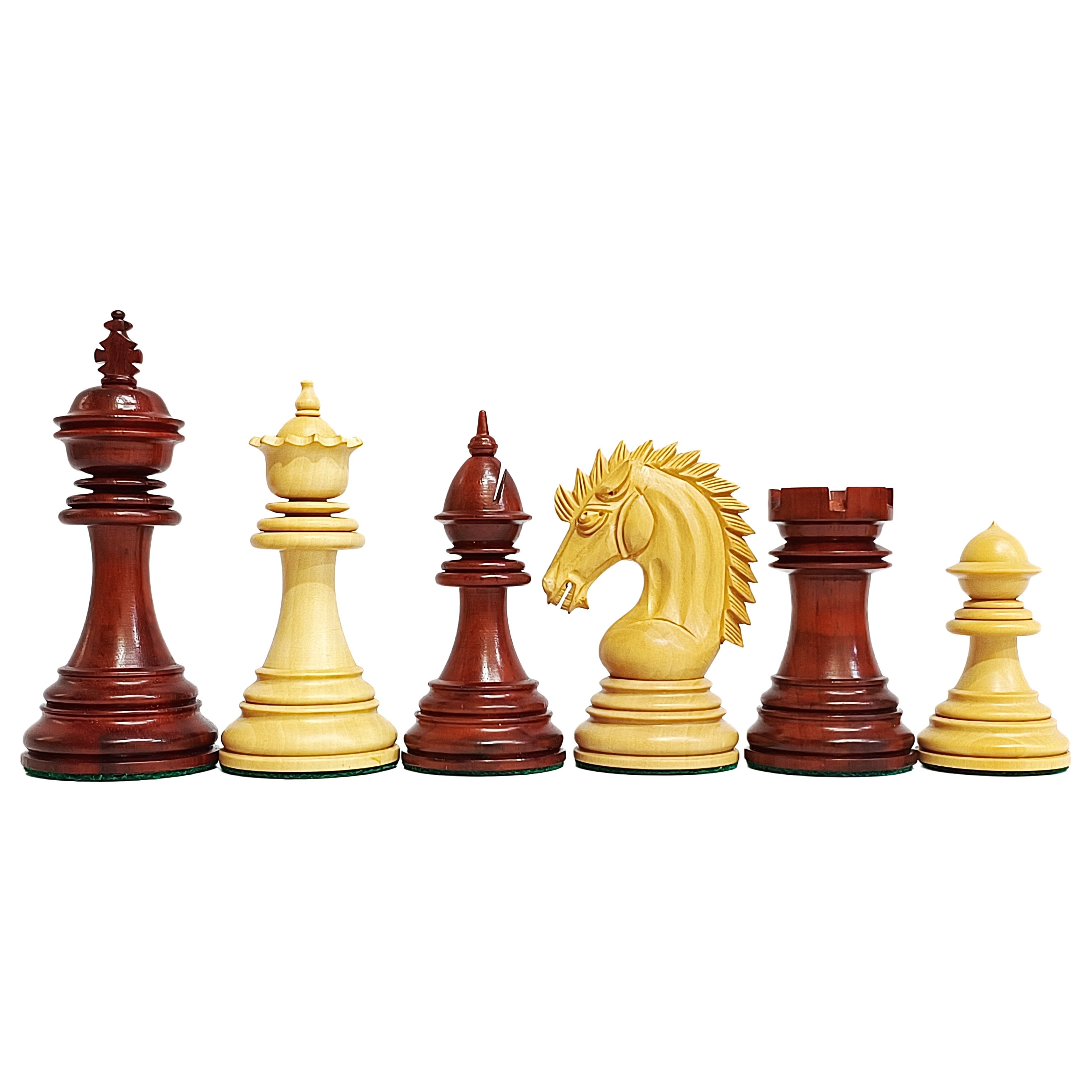
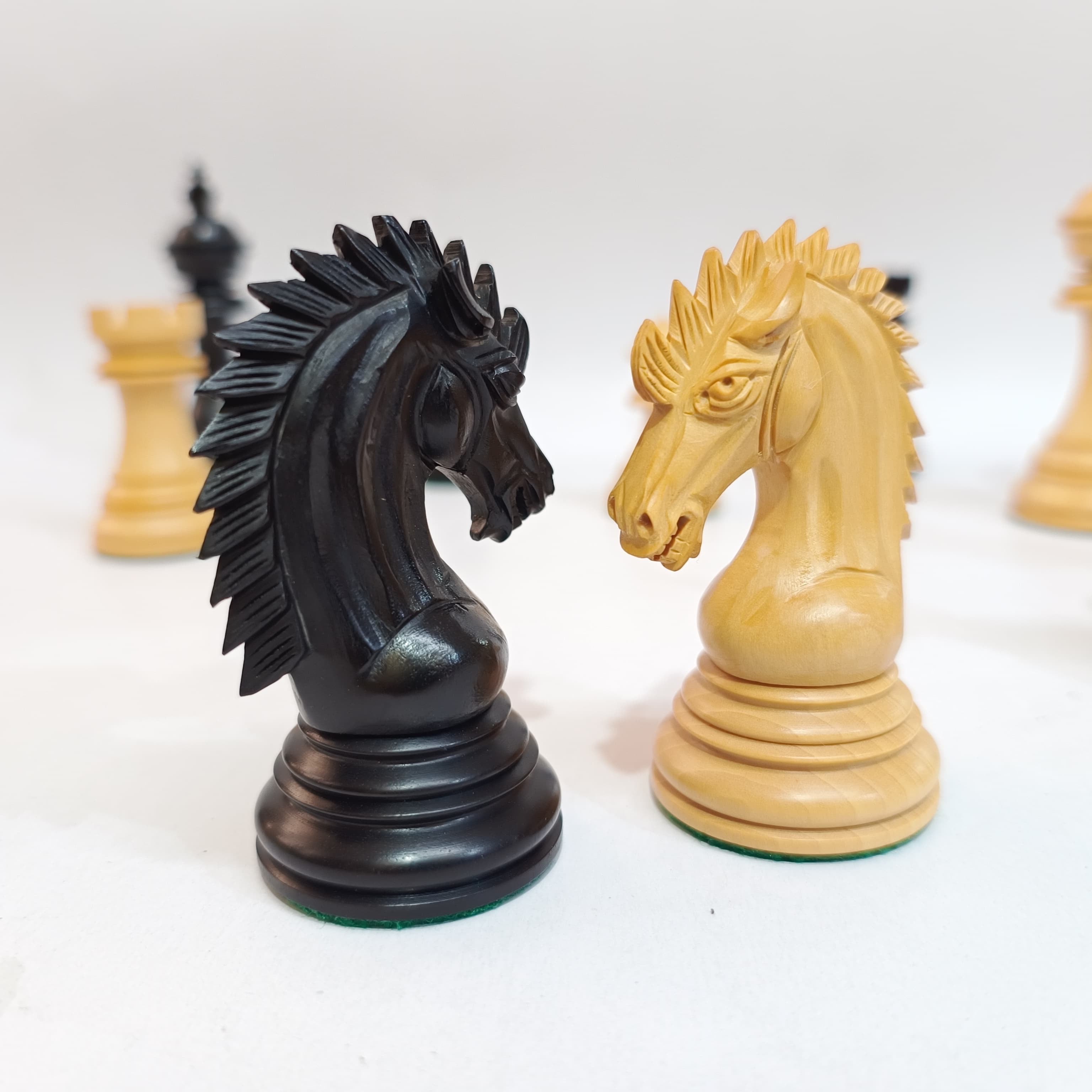
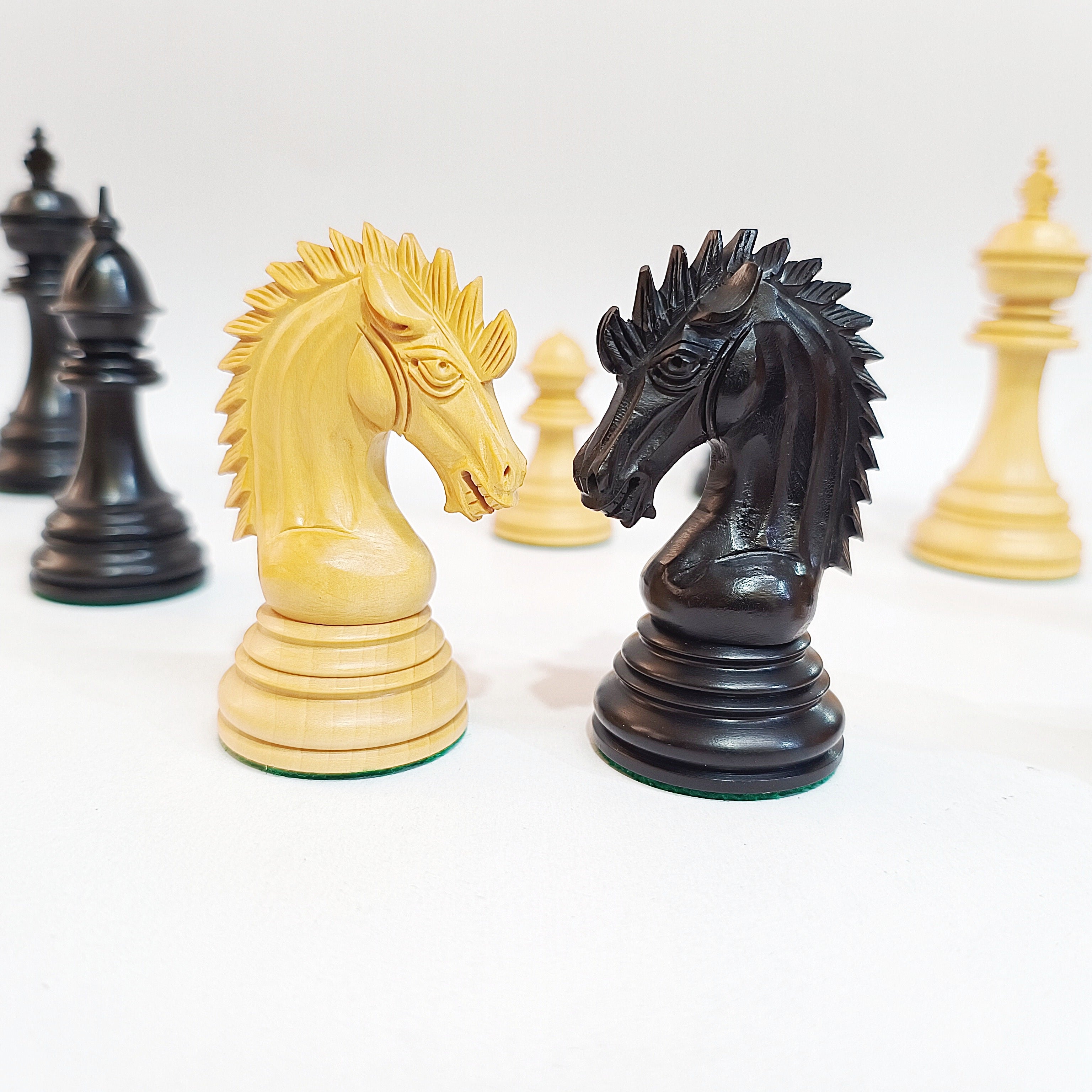
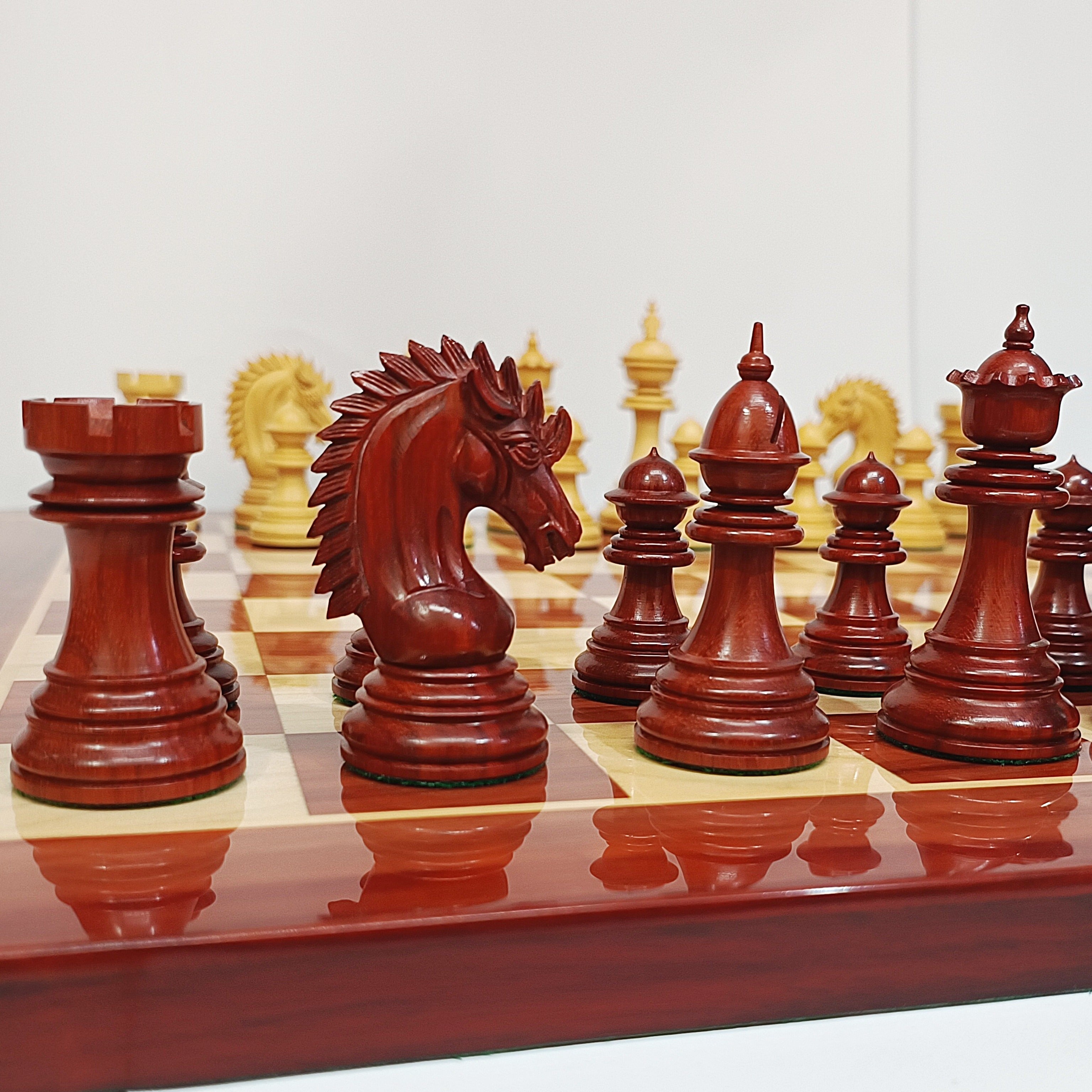
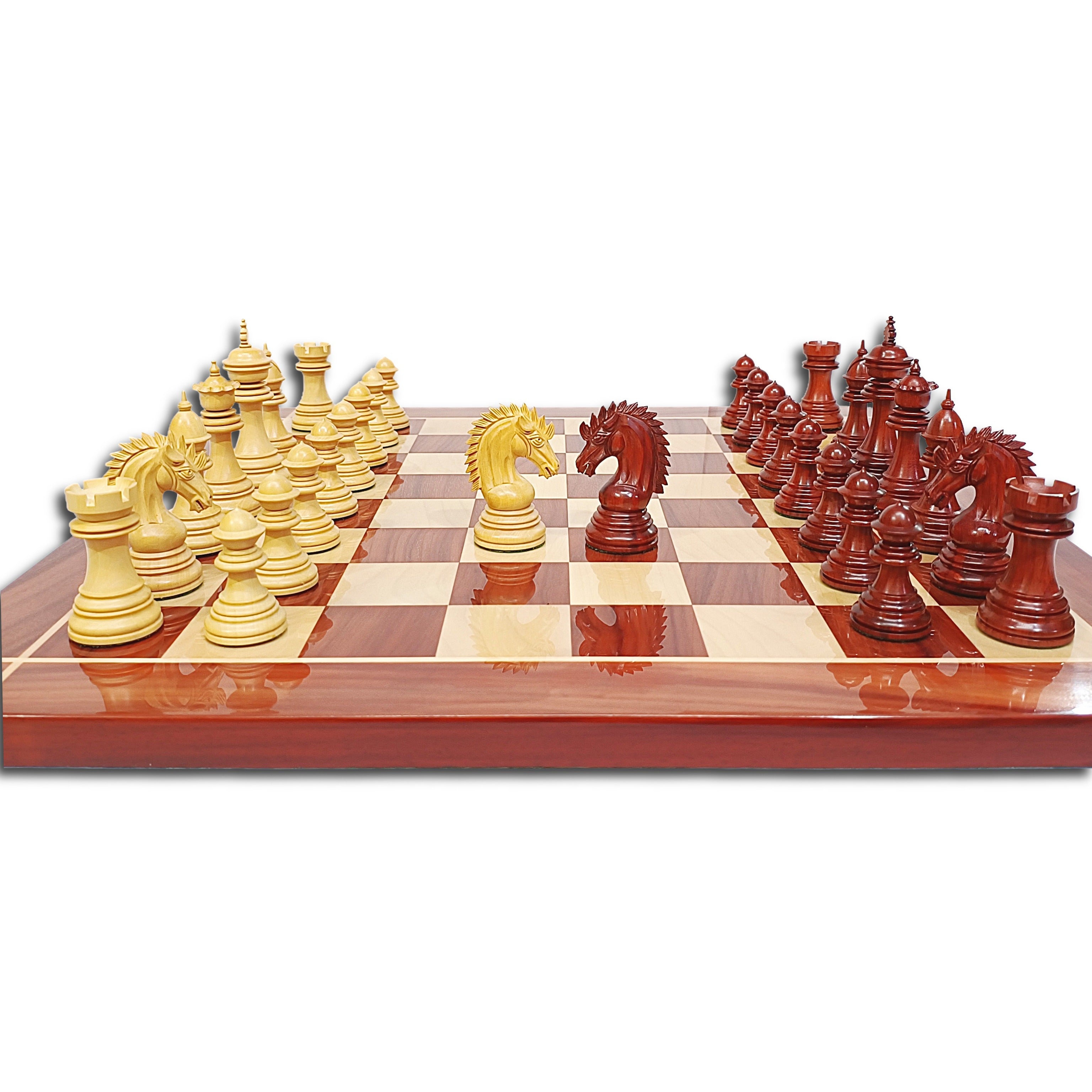

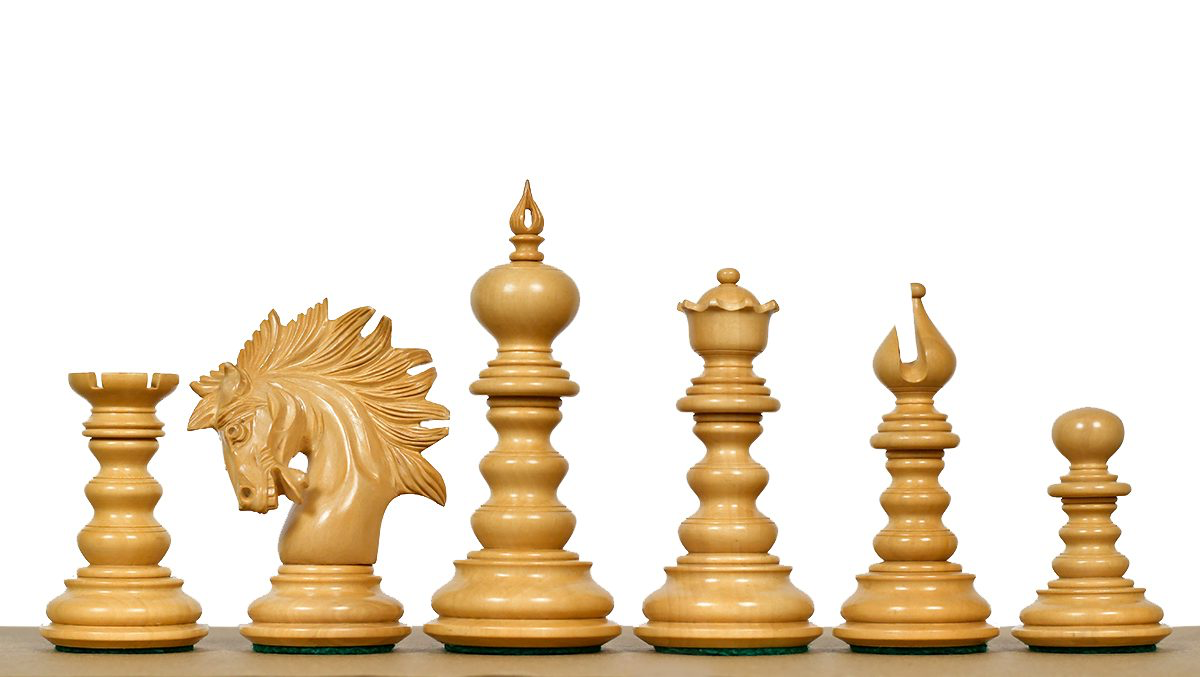
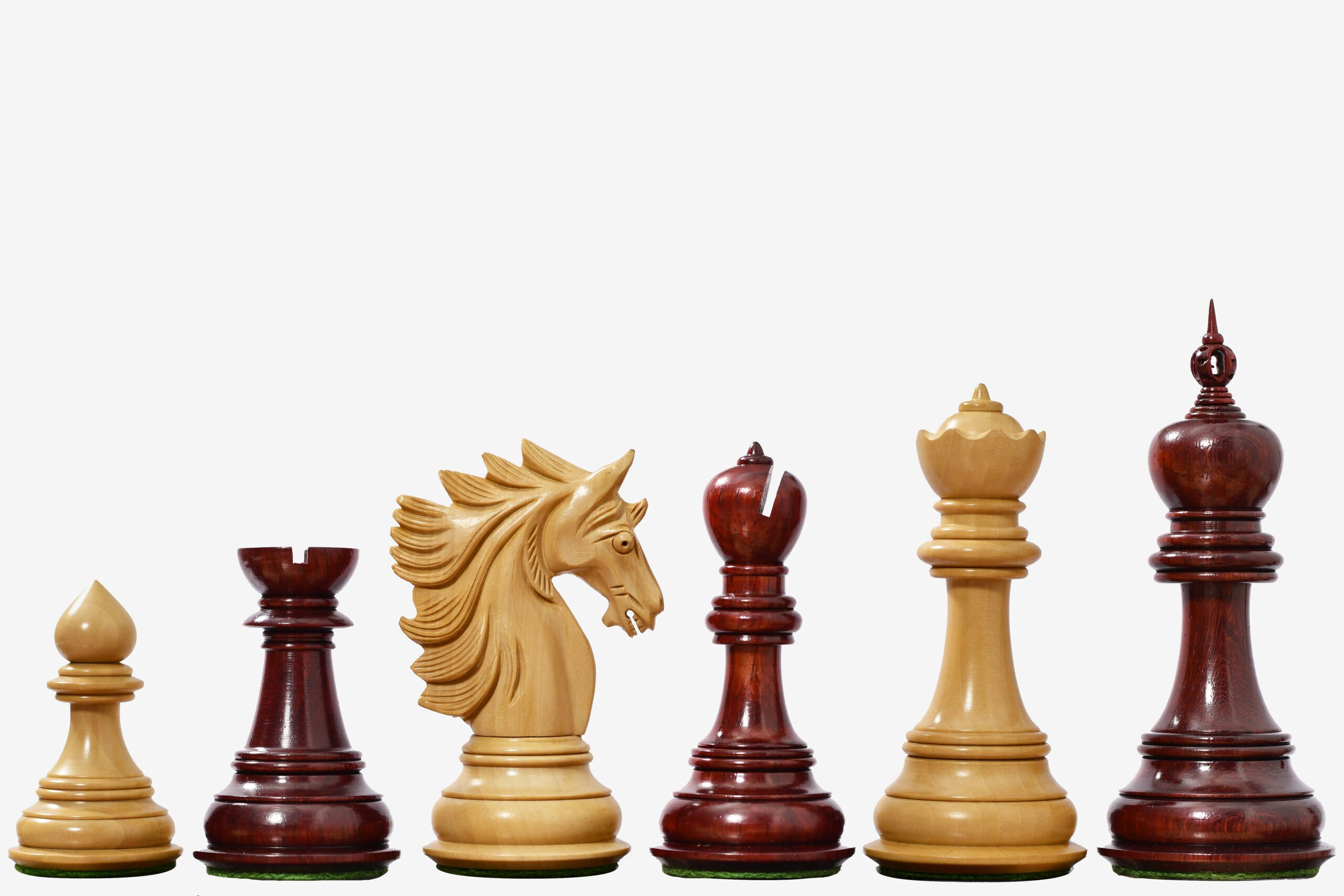
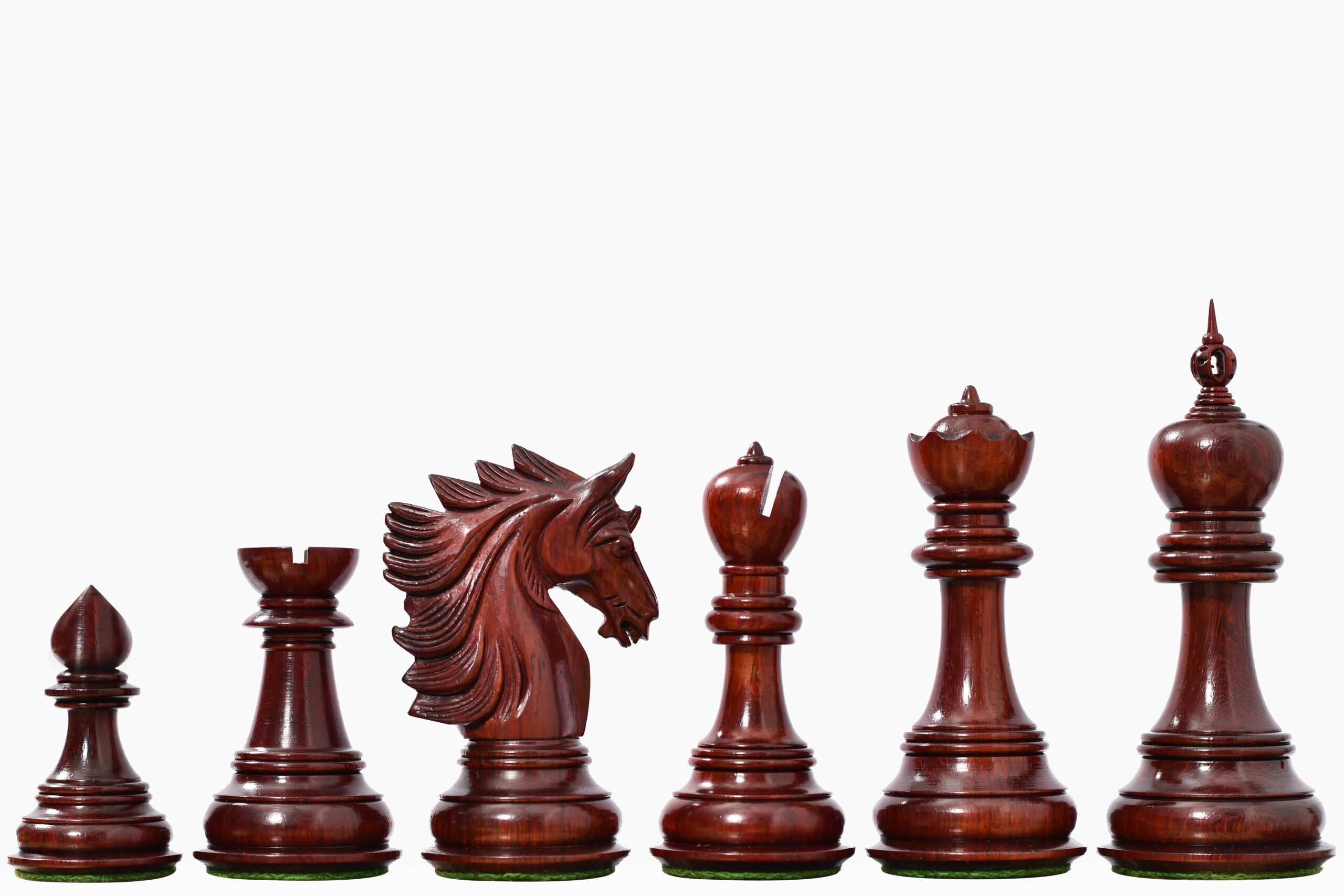
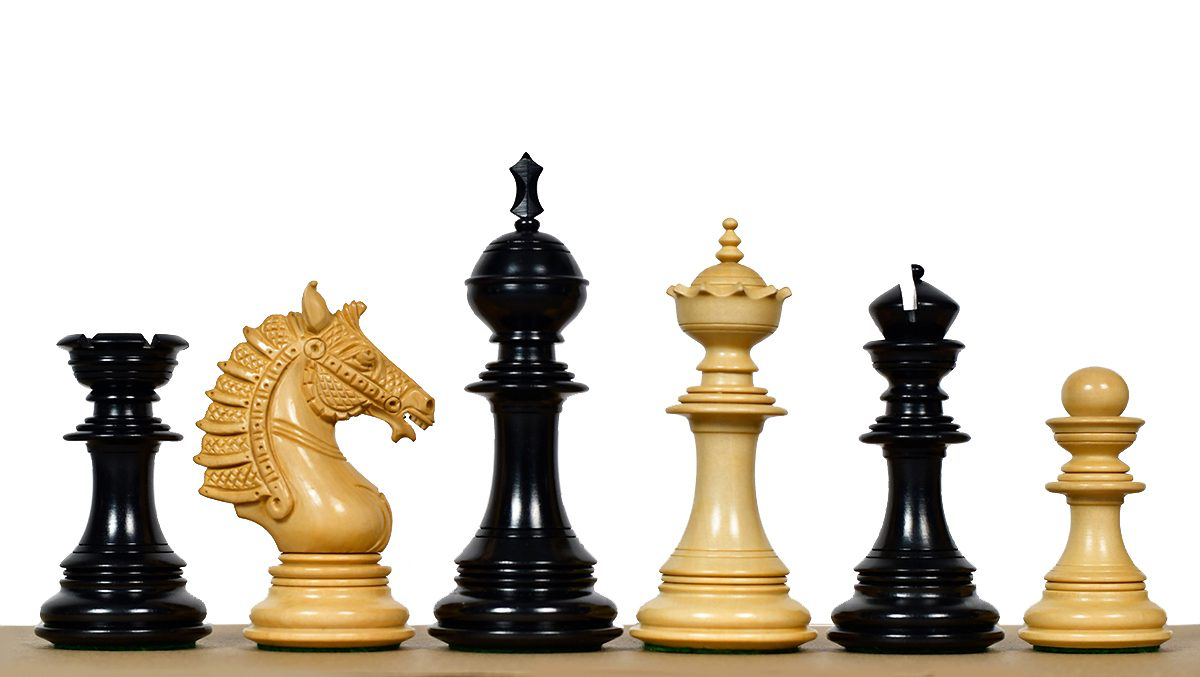
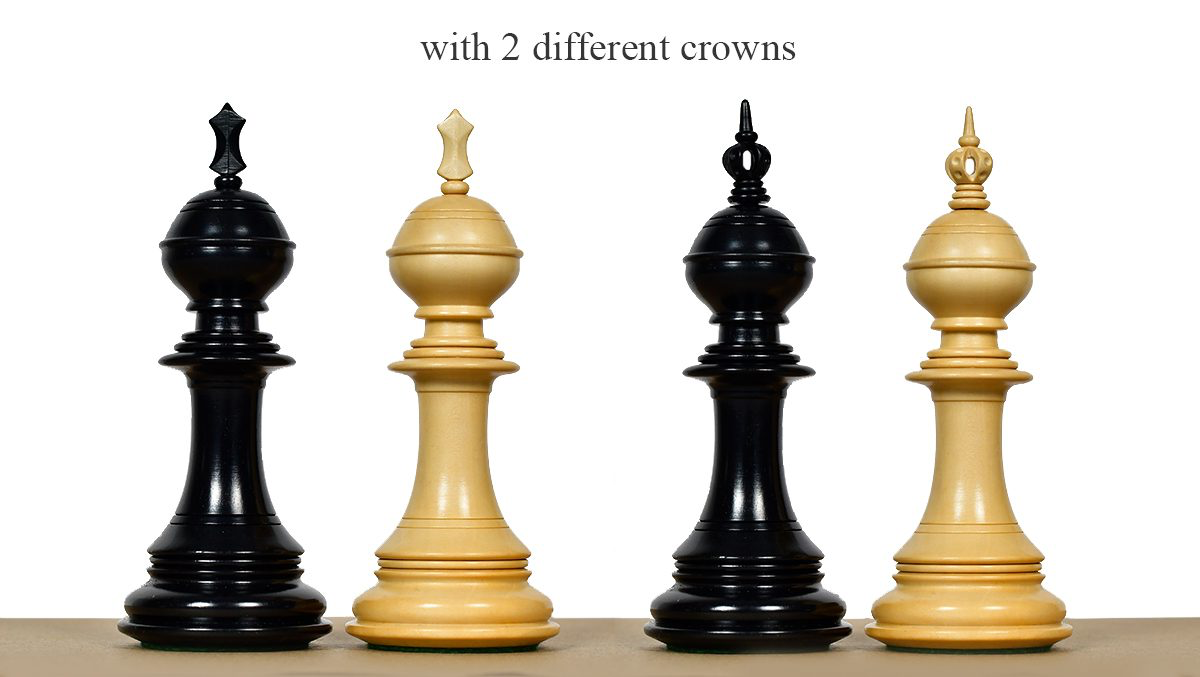
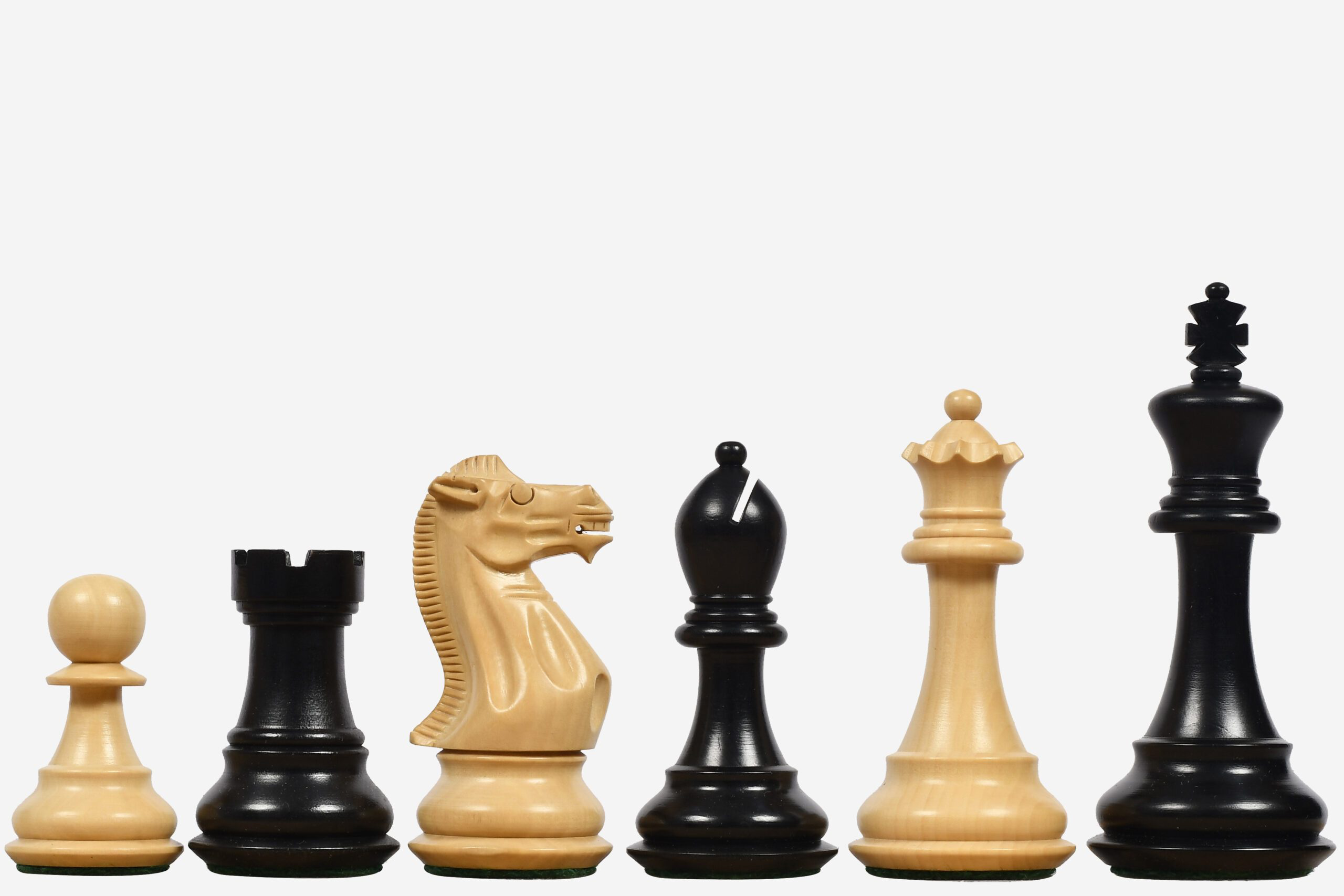
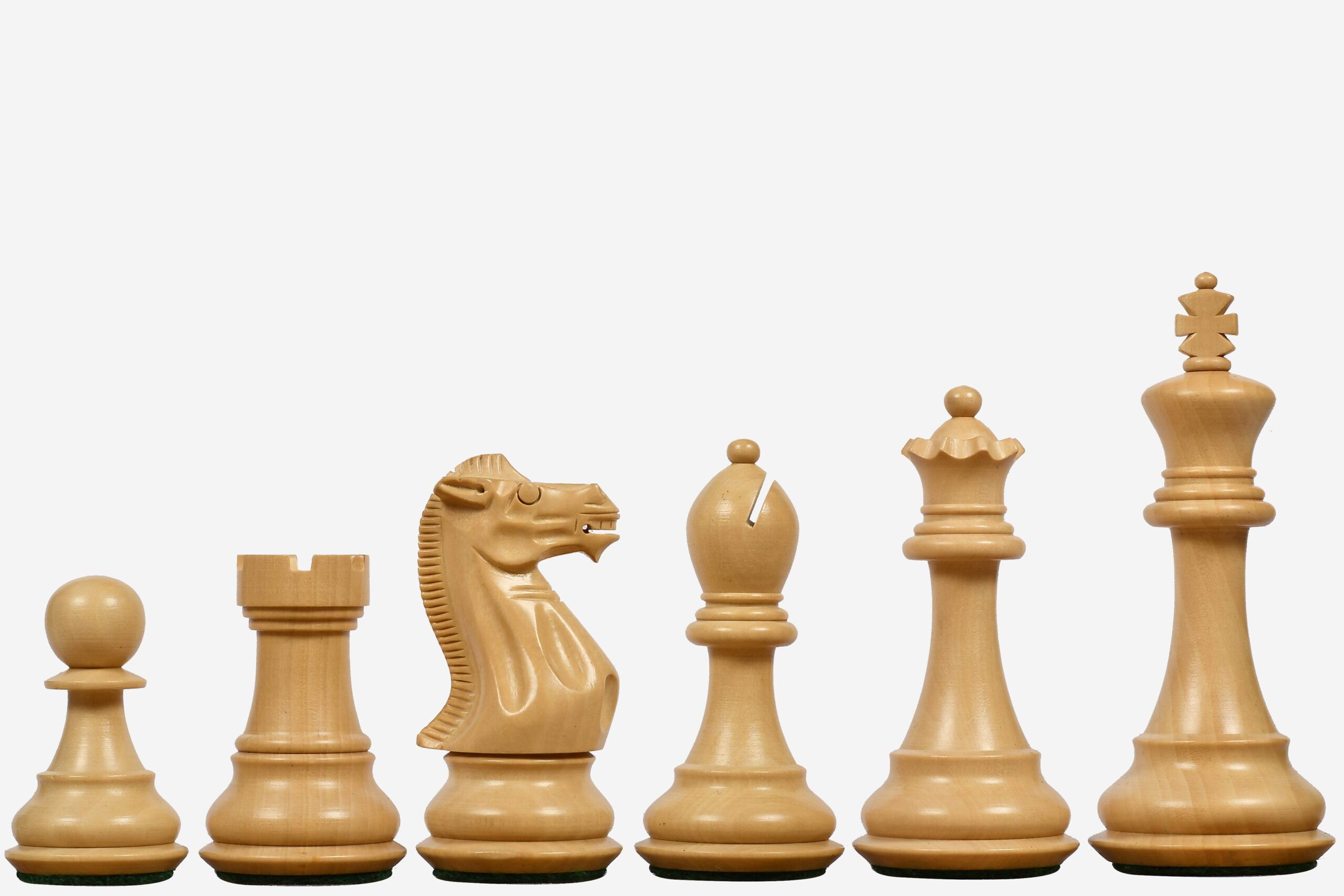
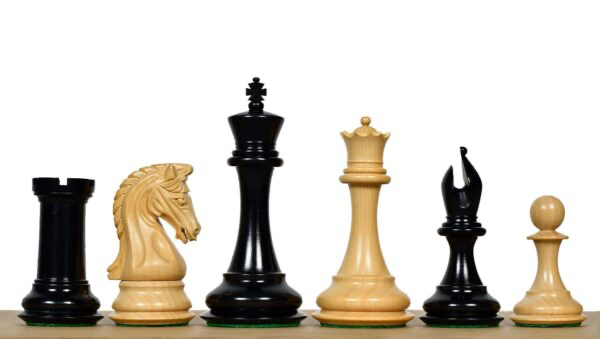
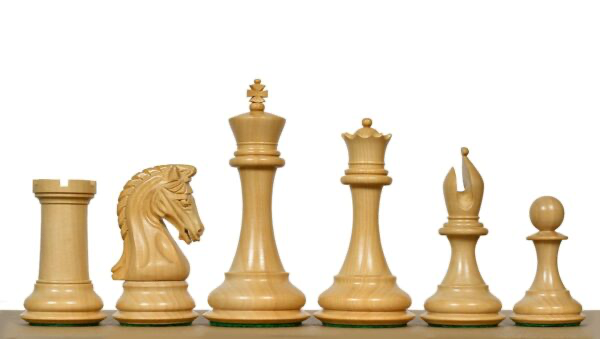
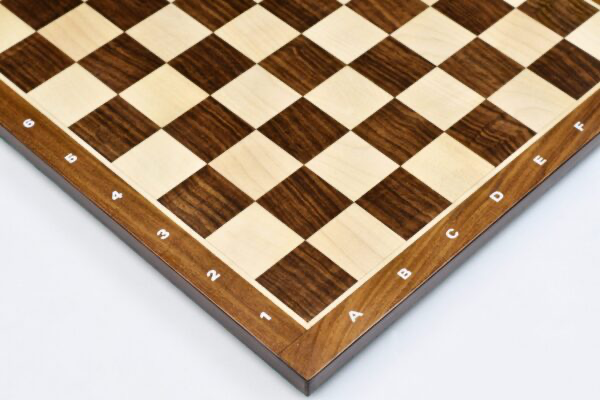
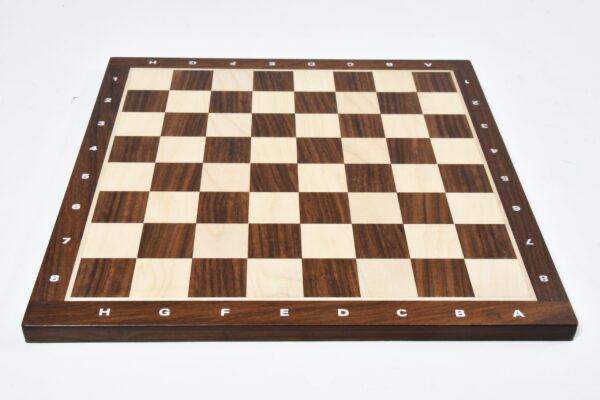
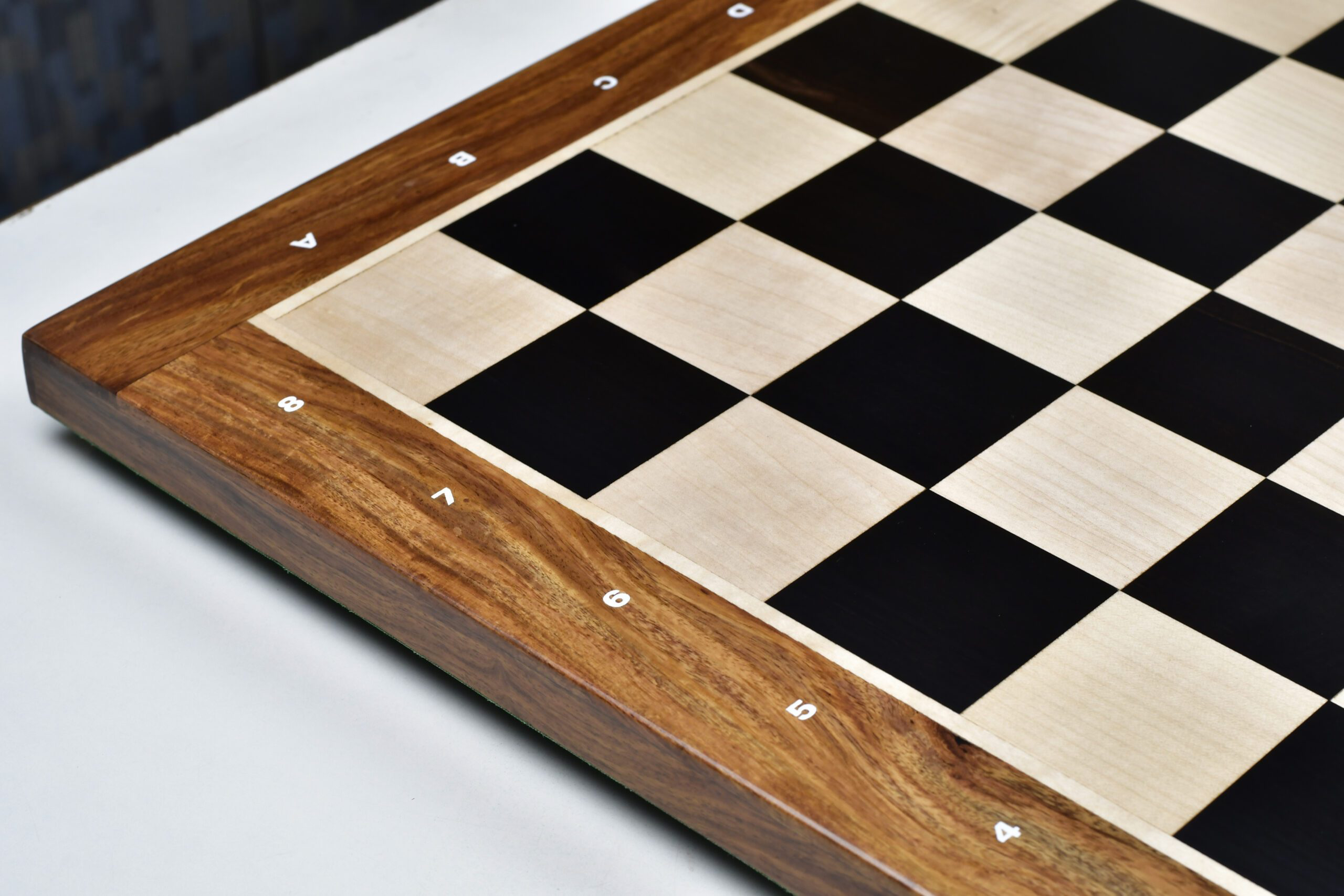
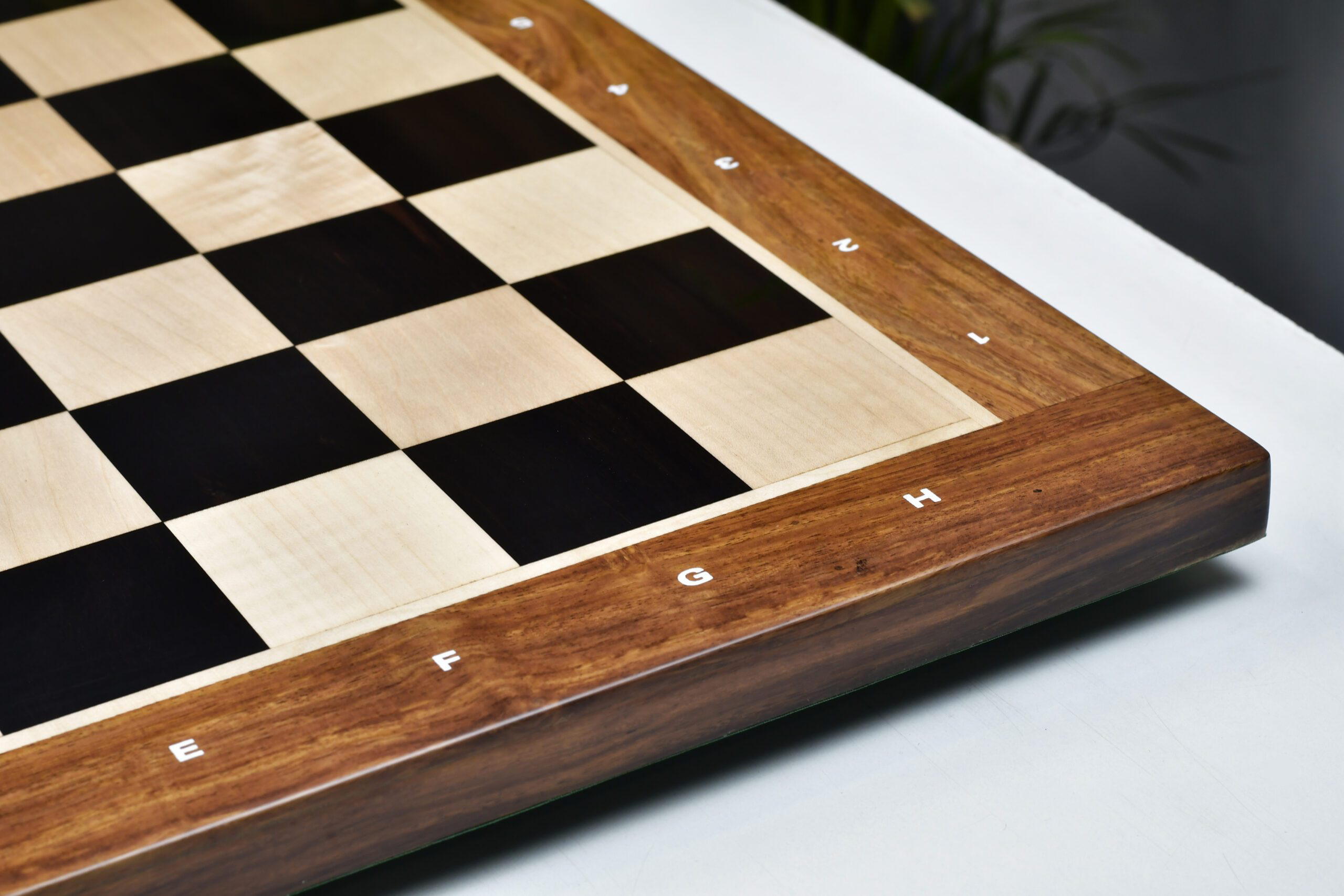


Leave a comment
All comments are moderated before being published.
This site is protected by hCaptcha and the hCaptcha Privacy Policy and Terms of Service apply.